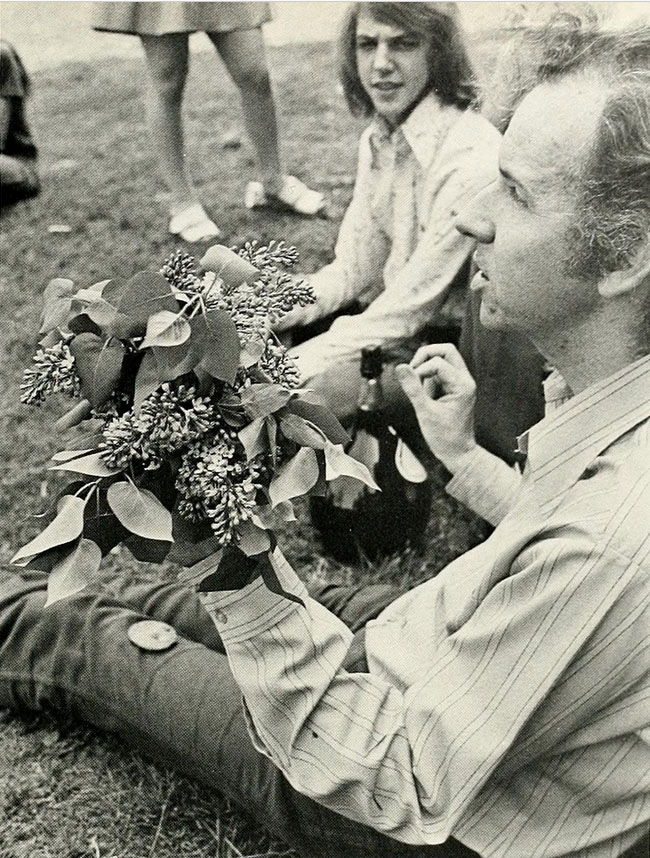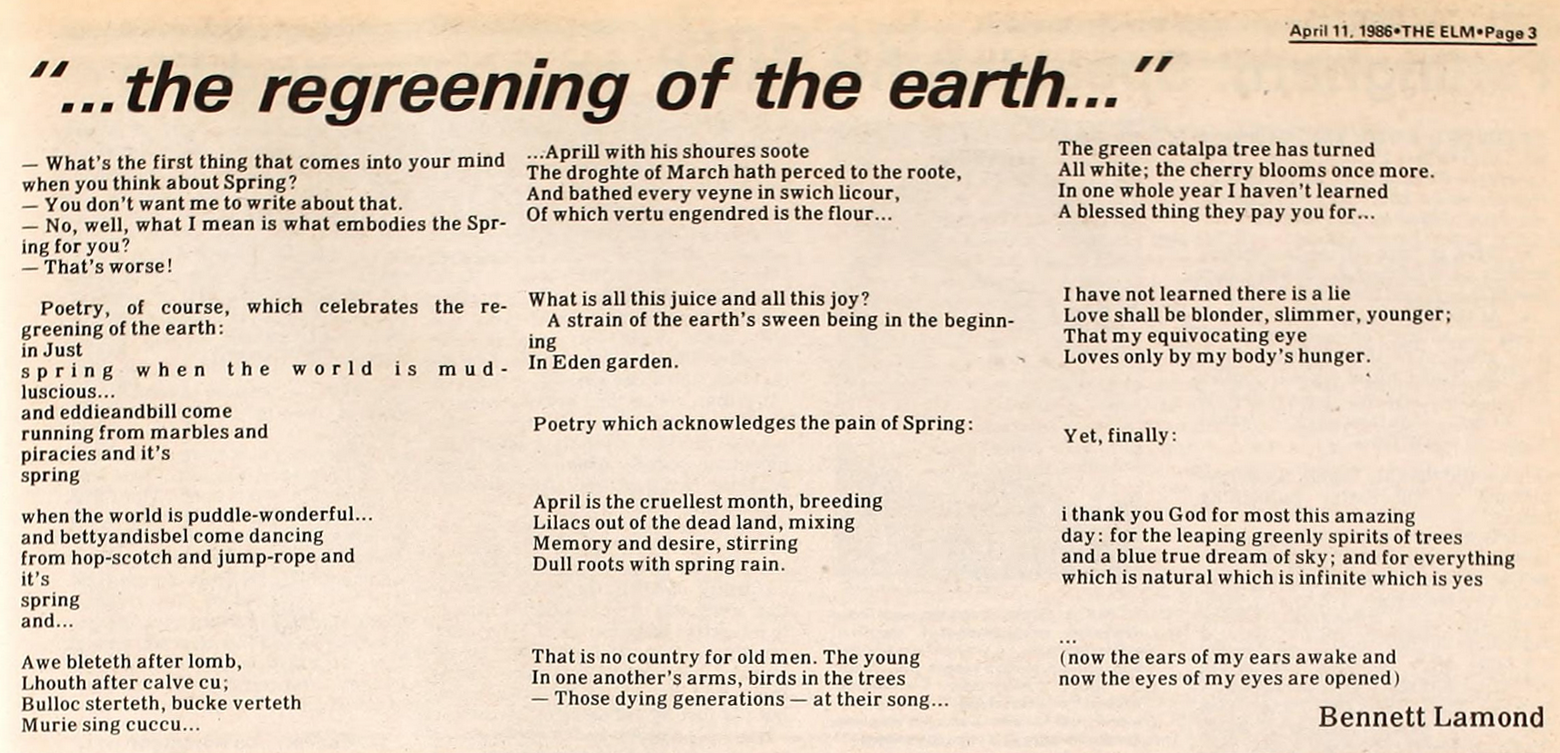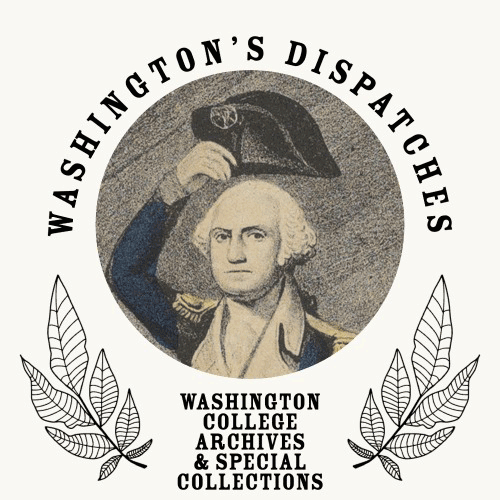May Day Reflections

Since its first celebration at Washington College in the spring of 1967, May Day has involved different traditions that have changed with the times. Last year, we covered the earliest May Day traditions, when free cases of beer were given to the first student arriving at the local liquor store sans clothing on May 1, and naked photos graced the pages of the Elm in the days following.
Beginning in the 2000s, with the advent of cell phones and widespread use of the internet, concerns around these beloved May Day traditions started to spike. You could (and still can!) count on an all-campus email from Public Safety in the days before the 2-day celebration warning about the possible dangers of surrendering to the liberation of outdoor nudity, including being ticketed for indecent exposure, overindulging in alcohol, and having your photo taken without your knowledge. This email seems to get a little longer, with additional warnings, as the years go by, with concerns about property theft and the danger of becoming a victim/perpetrator of Title IX offenses being added to the mix recently. Washington College must also warn the community that:
“As an institution, Washington College cannot and does not endorse specific celebrations of May Day that include violations of College policy or local, state, or federal statutes.” -----‘May Day Reminders,' 4/28/23.
It's fair to say that these are far less innocent times than students enjoyed in the 70s and 80s; however, the celebration of May Day continues to be a much-storied tradition that strikes a chord with students and alumni and has become a treasured memory for many.

The May Day tradition at WAC began when Professor Bennett Lamond taught the poem Spring by Victorian poet Gerard Manley Hopkins in a spring semester English course in 1967. His students were so inspired that they decided to hold a traditional May Day celebration on campus. The student body quickly jumped on board, adding more activities to the traditional Maypole dance and extending it into a two-day celebration.
19 years later, on April 11, 1986, Dr. Lamond wrote a piece for the Elm describing what spring meant to him:

